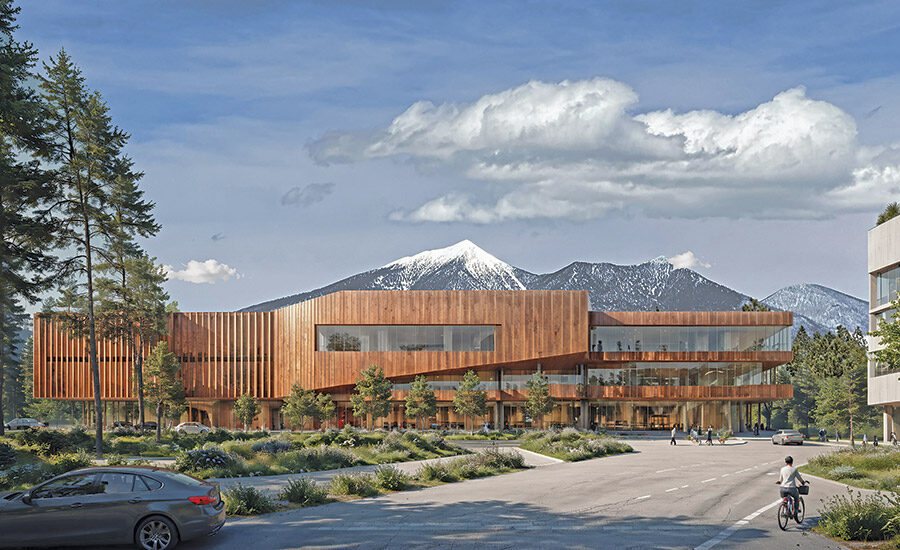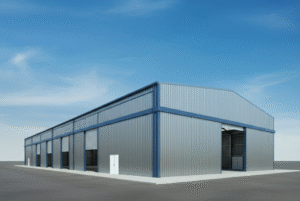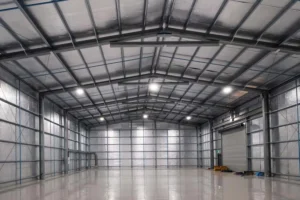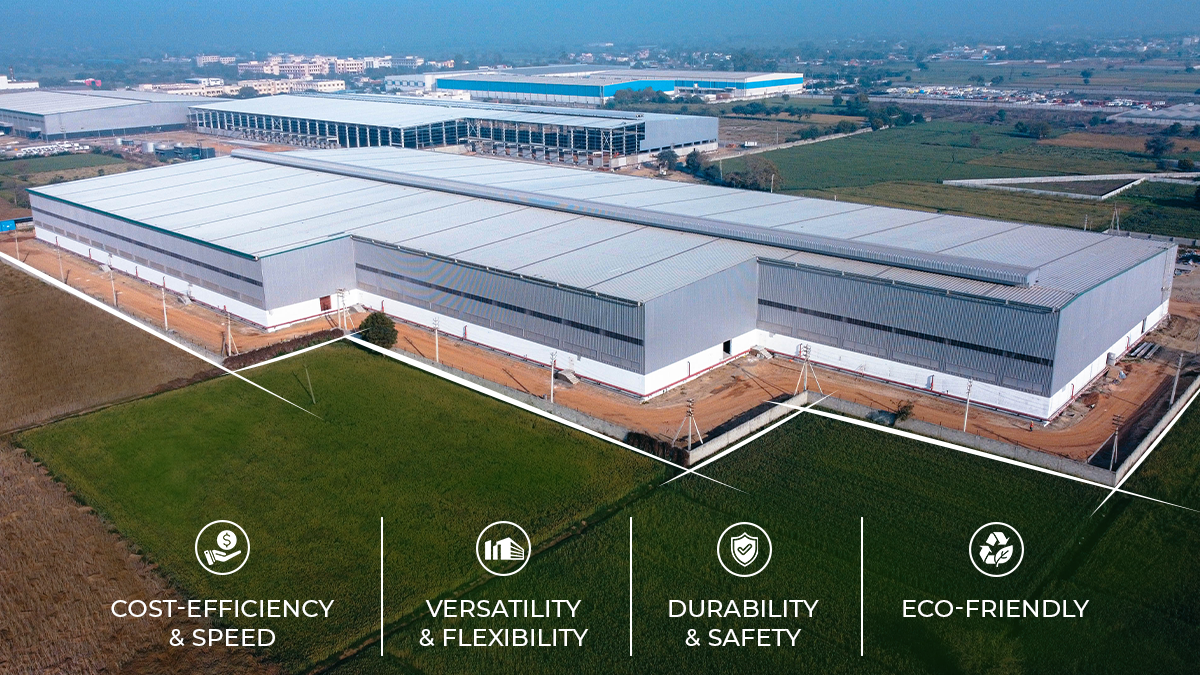
Mountain States & Southwest Design Firms Shift to Align with Evolving Market Priorities
[ad_1]
ENR’s regional design firm rankings look different this year after consolidation of multiple regional magazine editions into five new ones: Mountain States & Southwest, East, Midwest, Southeast & Texas and West. In the inaugural Mountain States & Southwest design firms survey, 93 firms reported $4.58 billion in revenue for 2024.
Data centers and the infrastructure to support them remain among the most active and fast-growing sectors in the seven-state region of Arizona, Colorado, Idaho, Montana, New Mexico, Utah and Wyoming.

“Driven by demand for cloud services, AI capabilities and digital connectivity, we’re seeing sustained investment not only in the facilities themselves but also in the power, water and transportation infrastructure required to support them,” says Brian Valentine, senior vice president with Kimley-Horn.
The first half of 2025 has been tempered by uncertainty in markets that rely on federal money. Brad Martin, Colorado area manager for HDR, says that while that angst around federal dollars has improved, firms have seen a shift in strategy on power projects. Specifically, he notes, a large power sector project was tabled as “the economics did not pencil out without federal funding.”

The Denver City Council voted in June to spend up to $800 million on an equestrian center project at the National Western Center. The Perkins+Will project is expected to be complete in 2028.
Rendering Courtesy Perkins+Will
While broader economic signals may fluctuate, many of the region’s design firm executives insist that their long-term clients’ commitment to growth offers reasons for confidence.
“Our economic outlook is determined by our clients, and that momentum remains strong,” Valentine contends. “Across the board, whether it is public sector agencies or private sector development, we continue to see steady investment in the infrastructure and systems shaping daily life. Whether it’s cities advancing capital improvement programs or developers seeking to meet housing and commercial demand, there is a clear throughline: The built environment remains a priority.”
Along that vein, regional firms also see strength in sectors tied to population growth and economic expansion, such as mixed-use development, logistics and public infrastructure. “While no one sector is immune to economic headwinds, we’re not currently seeing significant regional declines—just a shift in pacing as clients recalibrate in response to interest rates, regulatory timelines or supply chain factors,” Valentine adds.

Future Proofing
While the shortage of design professionals entering the market is not a new issue, its impact is more pressing in today’s competitive landscape, says Valentine.

The family-centered design of Primary Children’s Wasatch Canyon Behavioral Health Hospital in Taylorsville, Utah, will enable family members to stay overnight and to be actively engaged in their child’s care.
“The pipeline of emerging design professionals has not kept pace with the demand driven by continued growth and complex project needs. Kimley-Horn is investing in strengthening academic partnerships, which will help us attract talent. The challenge is real, but so is the opportunity to rethink how we grow the next generation of designers, engineers and planners,” he adds.
“Whether it is public sector agencies or private sector development, we continue to see steady investment in the infra-structure and systems shaping daily life.”
—Brian Valentine, Senior Vice President, Kimley-Horn
[ad_2]
Source link
Post a Comment
You must be logged in to post a comment.






